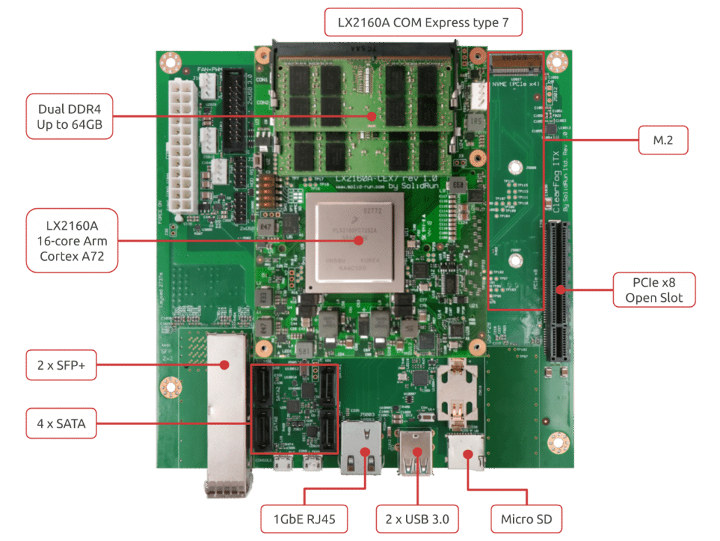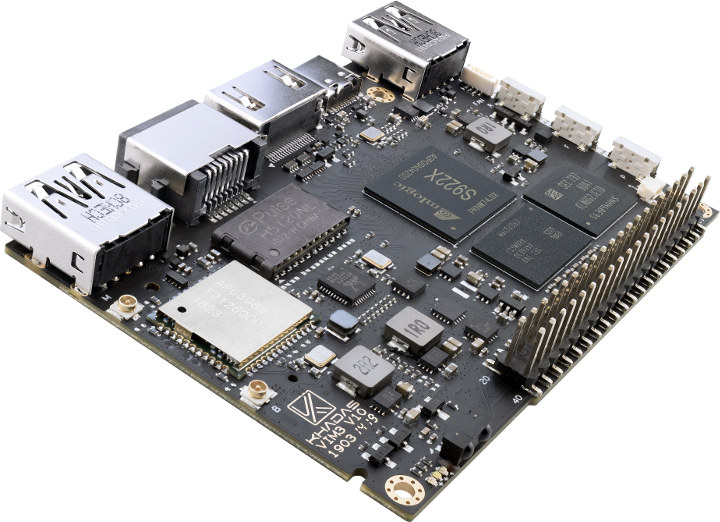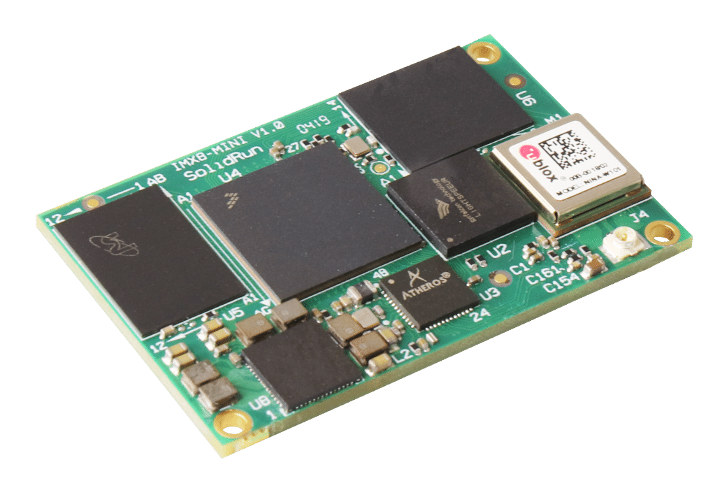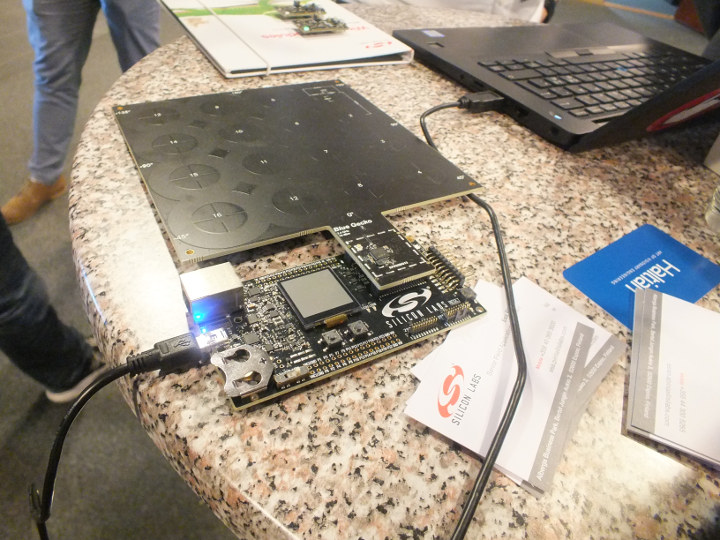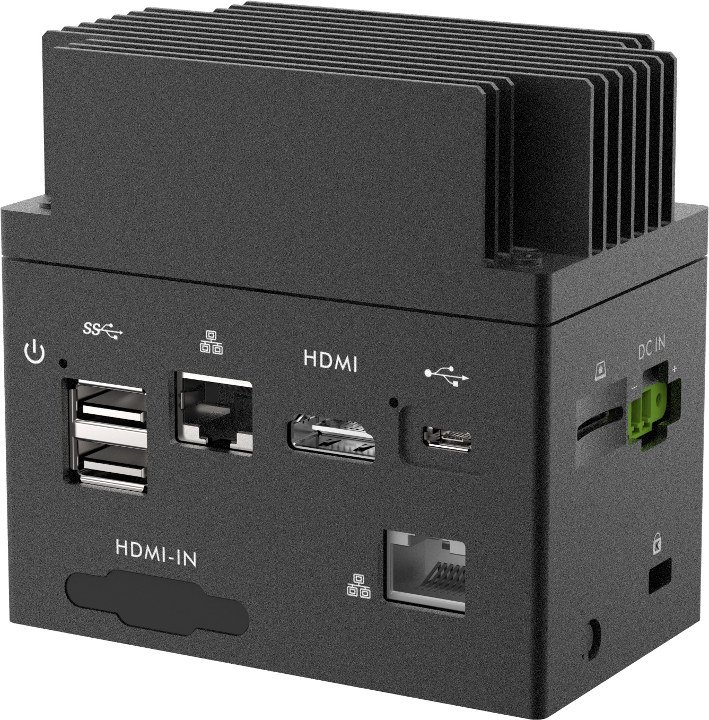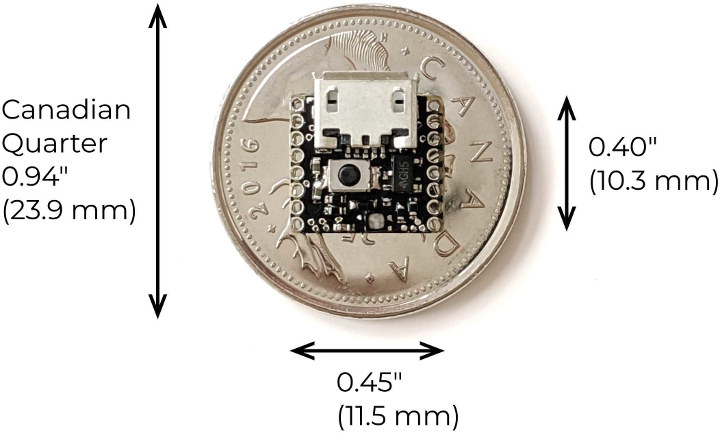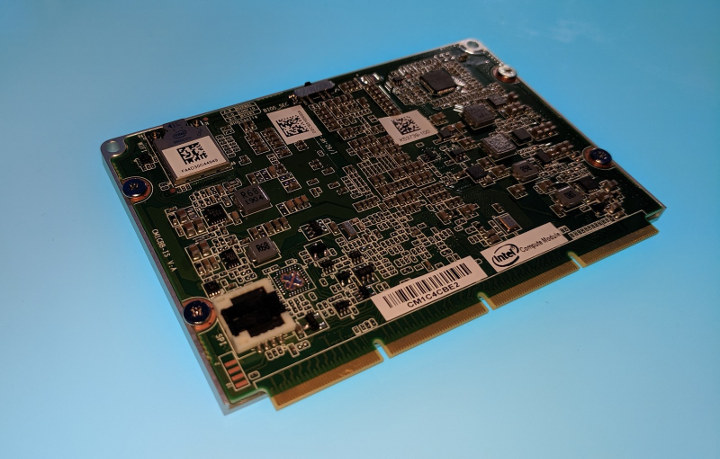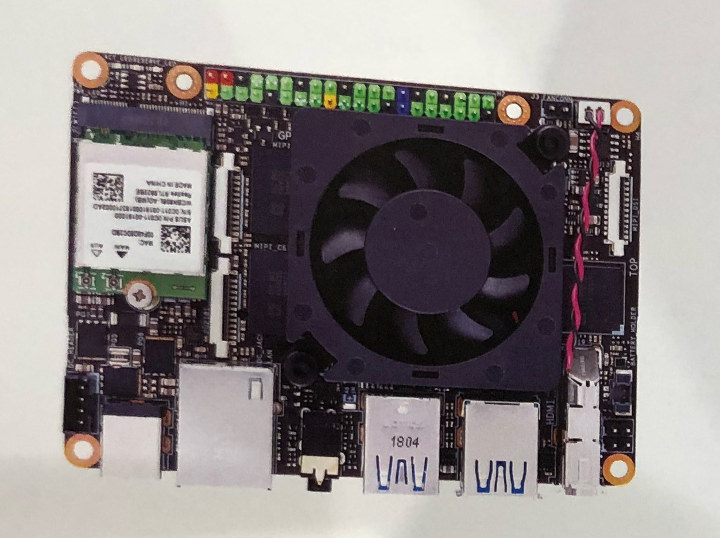A few months ago, we wrote that SolidRun was working on ClearFog ITX workstation with an NXP LX2160A 16-core Arm Cortex-A72 processor, support for up to 64GB RAM, and a motherboard following the mini-ITX form factor that would make it an ideal platform as an Arm developer platform. Since then the company split the project into two parts: the ClearFog CX LX2K mini-ITX board will focus on networking application, while HoneyComb LX2K has had some of the networking stripped to keep the cost in check for developers planning to use the mini-ITX board as an Arm workstation. Both boards use the exact same LX2160A COM Express module. HoneyComb LX2K specifications: COM Module – CEx7 LX2160A COM Express module with NXP LX2160A 16-core Arm Cortex A72 processor @ 2.2 GHz (2.0 GHz for pre-production developer board) System Memory – Up to 64GB DDR4 dual-channel memory up to 3200 Mpts via SO-DIMM […]
Khadas VIM3 Development Board to Launch for $69.99 and Up on June 24
After ODROID-N2, Khadas VIM3 is the second Amlogic S922X powered development board to become available to the maker community. However, while the former have been available for a couple of month, we only knew most of Khadas VIM3 specifications so far. Shenzhen Wesion has now announced a launch date and pricing for the board, and as well as released a few more details. Khadas VIM3 Basic and Pro will start selling on June 24 for respectively $69.99 with 2GB RAM and 16GB flash, and $99.99 with 4GB RAM and 32GB flash. Those prices are very attractive, and competitive against ODROID-N2 due to the extra features like built-in flash. The downside is that those are introductory prices that will be effective for the first production batch and until July 22, 2019 only, after which prices will increase. The company also provided a comparison table showing the main difference between their earlier […]
SolidRun i.MX 8M Mini SoM Includes Gyrfalcon Lightspeeur 2803S AI Accelerator
There are already plenty of NXP i.MX 8M Mini boards and system-on-modules, but so far none of those included a neural network accelerator. But that’s now an option as SolidRun and Gyrfalcon teamed up to design SolidRun i.MX 8M Mini system-on-module that combines NXP i.MX 8M Mini processor with Gyrfalcon Lightspeeur 2803S NPU (Neural Processing Unit) in order to speed up AI workloads at the edge. SolidRun i.MX 8M Mini SoM Specifications: SoC (one or the other) NXP i.MX8M Mini S single core Arm Cortex-A53 processor up to 1.8 GHz, Arm Cortex-M4 core up to 400MHz, GC NanoUltra 3D GPU + GC320 2D GPU NXP i.MX8M Mini D dual-core Arm Cortex-A53 processor up to 1.8 GHz, Arm Cortex-M4 core up to 400MHz, GC NanoUltra 3D GPU + GC320 2D GPU NXP i.MX8M Mini Q quad-core Arm Cortex-A53 processor up to 1.8 GHz, Arm Cortex-M4 core up to 400MHz, GC NanoUltra […]
Silicon Labs Demonstrates Bluetooth 5.1 Location Technology (Video)
Recently there are been advancements related to precise indoor positioning with the announcement for Bluetooth 5.1 and 802.15.4z. Both can provide 1 to 10 centimeters accuracy with minimal lag, and Bluetooth 5.1 achieves this through Angle of Arrival (AoA) and Angle of Departure (AoD) features and an antenna array. I had never seen the new feature in action, but Silicon Labs recently demonstrated Bluetooth 5.1 location technology at Arrow IoT summit with a DMX-512 connected light following a person carrying a Bluetooth 5.1 tag. It looks fairly accurate, and it does not have a 3-6 seconds lag like previous solutions based on earlier versions of Bluetooth? So what does one need to enable Bluetooth 5.1 location finding? First, we’ll need a Bluetooth 5.1 base station with an antenna array, The one used above includes a 16 antenna array (4×4 grid) used to calculated angles of departure and arrival and ultimately […]
Shuttle EN01J is a Tiny Apollo Lake Mini PC Topped with a Large Heatsink
Many people don’t want heatsink, but in some case fanless designs do not allow for maximum sustained performance. This should not be a problem for Shuttle EN01J mini PC with a choice of 10W Apollo Lake processors, and a rugged design completed with a large heatsink topping the enclosure used to make sure the processor runs optimally for the target applications, which include digital signage, industrial automation, and visual recognition applications as reported by FanlessTech. Shuttle EN01J specifications: SoC (One or the other) – Intel Celeron J3355 dual core, Celeron J3455 quad core, or Pentium J4200 quad core processor with Intel HD graphic; 10W TDP System Memory – Up to 8GB LPDDR4 2,400 MHz Storage – Up to 64GB eMMC flash, microSD card slot Video Output – HDMI 1.4 up to 3840z2160 @ 30 Hz Connectivity – Gigabit Ethernet (Intel) with optional POE-PD or POE-PSE, nano SIM slot for M.2 […]
ATTO is the Smallest Arduino Board Ever
We already have some really tiny Arduino compatible boards with for example OLIMEXINO-85S or μduino, with the latter holding the world’s smallest Arduino board crown for a couple of years at just 12×12 mm. But there’s a new “champion” in town now with ATTO board measuring just 11.5 x 10.4mm, and powered by Microchip ATmega32U4 microcontroller. ATTO board specifications: MCU – Microchip (Atmel) ATmega32U4 8-bit AVR microcontroller @ 16 MHz with 32KB flash pre-loaded with Arduino Leonardo bootloader (~4KB footprint), 2.5KB SRAM, 1KB EEPROM Expansion – 2x 8-pin 1.27mm pitch through holes for 12 digital I/Os, 4x PWM, and 4x analog input channels. UART, SPI, I2C/TWI, and ISP interfaces are also supported USB – Micro USB port for power and programming Misc – RGB LED via 3x PWM, Reset push-button Power Supply – Input: 4-13V DC via Vin, 5V via micro USB port; 3.3V operating voltage Dimensions – 11.5mm […]
Intel NUC Compute Element Merges Compute Card and Computer-on-Module Benefits
Intel unveils the Compute Card at CES 2017. The business-card-sized module was supposed to allow for easy upgrades or repairs of modular computers by inserting the Computer Card in a proprietary socket without having to open the computer or device. Linuxium posted a review of the Compute Card and dock back in 2018, and noted that while performance was good, the price was really excessive for most applications. The Intel Compute Card was eventually discontinued, and an article on PCMag does confirm one of the reasons was price: According to the Intel rep we spoke with, that sealed design and extra durability added nominally to the card cost but about $50 to each unit on the OEM side to incorporate the module, which stunted its adoption. The Compute Card was easy to insert and replace, but OEM’s have long had another option for upgrades: Computer-on-Modules. In x86’s world, this often […]
ASUS Tinker Edge R Pico-ITX Board to Feature Rockchip RK3399Pro SoC
Just a few days ago, we wrote about ASUS Tinker Edge T board and other products from ASUS featuring Google Coral Edge TPU which were showcased at Computex 2019. It turns out the company is working on another Tinker with a processor featuring an neural network accelerator. Meet ASUS Tinker Edge R Pico-ITX SBC powered by Rockchip RK3399Pro hexa-core processor equipped with a 3.0 TOPS NPU. One of the reasons it did not get noticed is that ASUS may not have had a sample for display at the event, but instead only described the board in a brochure. [Update: ASUS Tinker Edge R was also showcased at Computex 2019] ASUS Tinker Edge R SBC preliminary specifications: SoC – Rochchip RK3399Pro hexa-core big.LITTLE processor with 2x Cortex A72 cores up to 1.8 GHz, 4x Cortex A53 cores @ 1.4 GHz, an Arm Mali-T860 MP4 GPU up to 800 MHz with OpenGL […]

